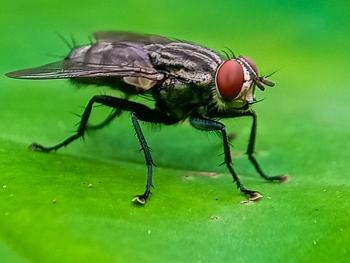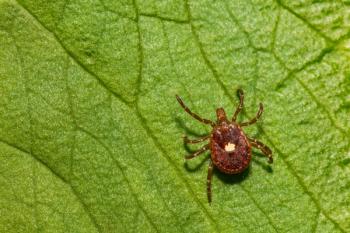
Chart: 6 zoonoses you should know -- Roundworm infection
Details about the roundworms for technicians.
Common disease name
Roundworm infection
(Roundworms are large [3- to 18-cm], worms that are usually tightly coiled when passed and look like spaghetti.)
Scientific name
Dogs:Toxocara canis (zoonotic), Toxascaris leonina (not zoonotic), Baylisascaris procyonis (zoonotic)
Cats:Toxocara cati, Toxascaris leonina
Method of infection
Puppies and kittens: Transplacental, ingestion of eggs in feces
Adult dogs and cats: Ingestion of tissues of intermediate host (e.g. rodents), ingestion of eggs in feces
People: Ingestion of larvated eggs (fecal-infected soil), ocular or visceral larva migrans (Toxocara canis)
Signs
Puppies and kittens: May present with ill thrift, failure to gain weight, poor hair coat, pot-bellied appearance; pups with heavy infections may expel a large mass of worms in the vomitus at 4 to 6 months old
Adult dogs and cats: Vomiting
People: Pneumonia-like symptoms and skin staining from damage to internal organs (visceral larva migrans) and irritated retinas from damage to the eyes (ocular larva migrans)
Treatment
Dogs: Fenbendazole, milbemycin oxime, pyrantel pamoate, and combinations of febantel and pyrantel and praziquantel
Cats: Selamectin, emodepside/praziquantel, combinations of pyrantel and febantel
People most at risk
Most common in children
Prevention
- Deworm puppies and kittens when they are 2, 4, 6, and 8 weeks of age, and give them monthly preventives as soon as the label recommendations allow.
- Promptly remove animal feces from the yard and litter box.
- Keep dogs on leashes or in fenced yards and cats indoors to help prevent ingestion of infected animals or feces.
- Monitor children playing outside in sandboxes and parks.
- Prevent transplacental transfer in dogs by treating bitches before and after whelping.
Newsletter
From exam room tips to practice management insights, get trusted veterinary news delivered straight to your inbox—subscribe to dvm360.



